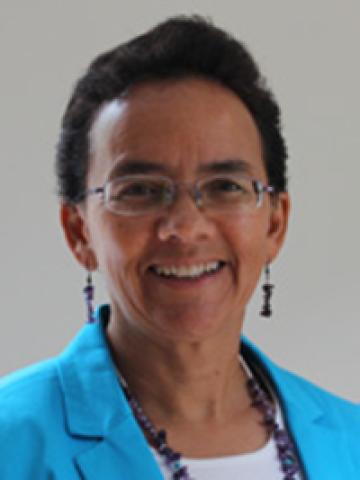Abstract
Excerpted From: Lisa Avalos, The Under-Policing of Crimes Against Black Women, 73 Case Western Reserve Law Review 795 (Spring, 2023) (226 Footnotes) (Full Document)
 In recent years, names such as Michael Brown, George Floyd, Tamir Rice, and Breonna Taylor have placed a spotlight on police use of excessive force against Black people. Over one thousand people have been shot and killed by American police in the past year, and that rate has held steady since 2015, when the Washington Post began keeping a public record of “every fatal shooting by an on-duty police officer in the United States.” Black and Hispanic Americans are killed by police at disproportionately high rates, with Blacks comprising nearly 20 percent of all fatal police shootings even though they are only 13 percent of the population. Victims of fatal police shootings are overwhelmingly male; less than 5 percent of victims are female. there is another side of this coin which garners far less attention. Women of color, particularly Black women (including those who identify as LGBTQ), experience serious crimes such as sexual assault, domestic violence, and homicide at disproportionately high rates, and yet these crimes often go uninvestigated and unprosecuted. The victims of these crimes are often treated by law enforcement and prosecutors in inhumane and despicable ways. Moreover, crimes against Black women often receive very little media attention, with the result that the American public is unaware of the extent of such crimes and how infrequently perpetrators are held accountable. Ignoring these crimes, and Black women as victims, results in system-endorsed violence against these women. In placing police violence against Black communities front and center, we must consider not just the excessive use of force, but also the underenforcement of the law in relation to crimes committed against Black women.
In recent years, names such as Michael Brown, George Floyd, Tamir Rice, and Breonna Taylor have placed a spotlight on police use of excessive force against Black people. Over one thousand people have been shot and killed by American police in the past year, and that rate has held steady since 2015, when the Washington Post began keeping a public record of “every fatal shooting by an on-duty police officer in the United States.” Black and Hispanic Americans are killed by police at disproportionately high rates, with Blacks comprising nearly 20 percent of all fatal police shootings even though they are only 13 percent of the population. Victims of fatal police shootings are overwhelmingly male; less than 5 percent of victims are female. there is another side of this coin which garners far less attention. Women of color, particularly Black women (including those who identify as LGBTQ), experience serious crimes such as sexual assault, domestic violence, and homicide at disproportionately high rates, and yet these crimes often go uninvestigated and unprosecuted. The victims of these crimes are often treated by law enforcement and prosecutors in inhumane and despicable ways. Moreover, crimes against Black women often receive very little media attention, with the result that the American public is unaware of the extent of such crimes and how infrequently perpetrators are held accountable. Ignoring these crimes, and Black women as victims, results in system-endorsed violence against these women. In placing police violence against Black communities front and center, we must consider not just the excessive use of force, but also the underenforcement of the law in relation to crimes committed against Black women.
This Article is one effort to shine a spotlight on this critical and troubling terrain. Part I discusses the scope of violence against women and girls and analyzes the reasons why authorities have become desensitized to it. It argues that the weak link in investigating and prosecuting crimes against Black women and girls lies at the level of the police investigation, and also argues that prosecutorial discretion is a license for discrimination. Part II addresses two solutions that hold promise for rectifying this type of racialized and gendered inequality. Both of these approaches could be powerful tools for placing under-policing of violence against women of color on the radar and creating the needed change.
[. . .]
Serious crimes against women of color are another side of the coin of police use of force against communities of color. Ignoring these crimes, and women of color as victims, results in system-endorsed violence against women of color.
Both of the approaches proposed here--a statutory approach and a constitutional approach--could be powerful tools for placing under-policing of violence against women of color on the radar and creating the needed change.
Associate Professor of Law, Louisiana State University Law Center; J.D., New York University School of Law; Ph.D., Sociology, Northwestern University.


